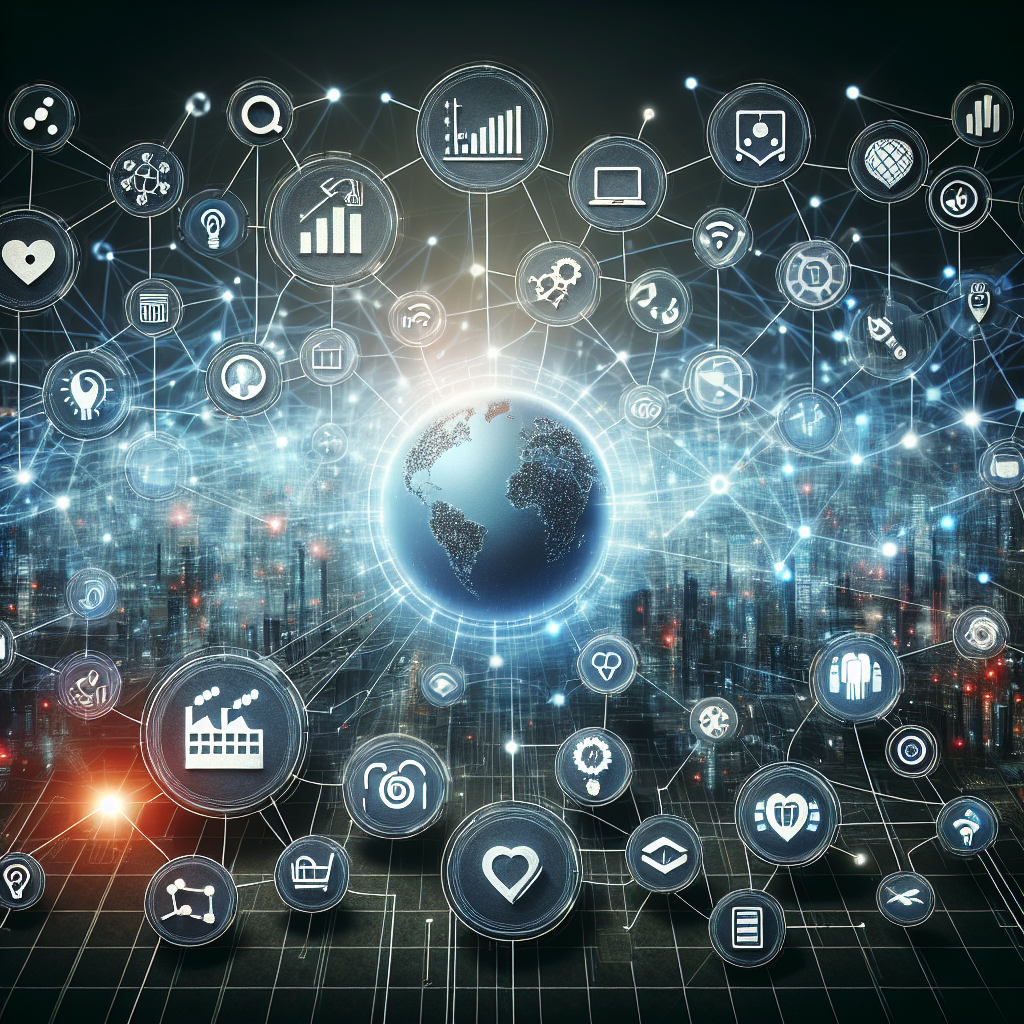The advent of the Internet of Things (IoT) and Big Data has led to a data-driven revolution that is reshaping industries across the globe. This article explores how these technologies are transforming businesses, enhancing decision-making, optimizing processes, and driving innovation.
1. Understanding IoT and Big Data
1.1 What is IoT?
The Internet of Things (IoT) refers to the network of interconnected devices that communicate and exchange data with each other over the internet.
- Devices: Includes sensors, smartphones, wearables, and home appliances.
- Connectivity: Devices are connected via Wi-Fi, Bluetooth, and cellular networks.
- Data Collection: Continuous data collection from various sources.
1.2 What is Big Data?
Big Data refers to large and complex data sets that traditional data processing software cannot manage. It is often characterized by the 3Vs:
- Volume: The amount of data generated is enormous.
- Velocity: Data is generated at an unprecedented speed.
- Variety: Data comes in various formats (structured and unstructured).
2. How IoT and Big Data Are Transforming Industries
2.1 Manufacturing
IoT and Big Data are revolutionizing manufacturing processes. Smart factories use IoT devices to monitor equipment performance in real-time.
- Predictive Maintenance: Reducing downtime by predicting equipment failures.
- Supply Chain Optimization: Enhanced visibility throughout the supply chain.
- Quality Control: Real-time monitoring of production quality.
2.2 Healthcare
In healthcare, IoT devices facilitate remote patient monitoring and data collection, enabling personalized treatment.
- Wearable Devices: Track patient data like heart rate and activity levels.
- Telemedicine: Improved access to healthcare services.
- Data Analytics: Better disease management through data-driven insights.
2.3 Retail
The retail sector leverages IoT and Big Data for enhanced customer experiences and operational efficiency.
- Customer Insights: Data analytics to understand consumer behavior.
- Inventory Management: Real-time inventory tracking to reduce waste.
- Personalization: Tailored marketing campaigns based on data insights.
Data Insights
Here are some notable data trends that reflect the changes brought by IoT and Big Data:
| Industry | Value of IoT Market (2023) | Data Generated (Exabytes) |
|---|---|---|
| Manufacturing | $300 billion | 70 |
| Healthcare | $250 billion | 30 |
| Retail | $200 billion | 50 |
| Transportation | $180 billion | 40 |
3. Challenges in the Data-Driven Era
3.1 Data Security
With increased data collection comes the responsibility of data security and privacy. Organizations must implement robust security measures.
3.2 Data Governance
Data quantity makes it challenging to maintain quality and accuracy. Proper governance frameworks are essential.
3.3 Skill Gap
Organizations face a skills shortage in data analytics and IoT technology. Investing in education and training programs is crucial.
4. The Future of IoT and Big Data
The future holds tremendous potential for IoT and Big Data. Emerging technologies such as artificial intelligence and machine learning will further enhance the value these data-driven technologies offer.
4.1 Integration of AI
AI can optimize data processing and analytics, making decision-making faster and more efficient.
4.2 Increased Automation
Automation will streamline processes across industries, improving efficiency and reducing operational costs.
4.3 Greater Interconnectivity
As more devices become interconnected, the potential for data-driven insights will expand, creating smarter ecosystems.
“Data is the new oil. It’s valuable, but if unrefined, it has no use.” – Clive Humby
5. Conclusion
The data-driven revolution is fundamentally transforming industries through the integration of IoT and Big Data. The opportunities for innovation, efficiency, and enhanced decision-making are immense. However, it comes with challenges that must be addressed proactively. As we move forward, embracing these technologies will be essential for organizations to remain competitive in a rapidly evolving digital landscape.
6. FAQ
What is the role of IoT in Big Data?
IoT devices generate large volumes of data that can be analyzed for business insights, thus driving the Big Data revolution.
How can companies ensure data security in IoT?
Implementing encryption, secure authentication methods, and regular software updates are crucial for maintaining data security.
What industries benefit the most from IoT and Big Data?
Industries such as manufacturing, healthcare, and retail are currently experiencing significant transformations through IoT and Big Data applications.
What future trends can we expect in the data-driven world?
We can expect advancements in AI, increased automation, and greater interconnectivity among devices and systems worldwide.
